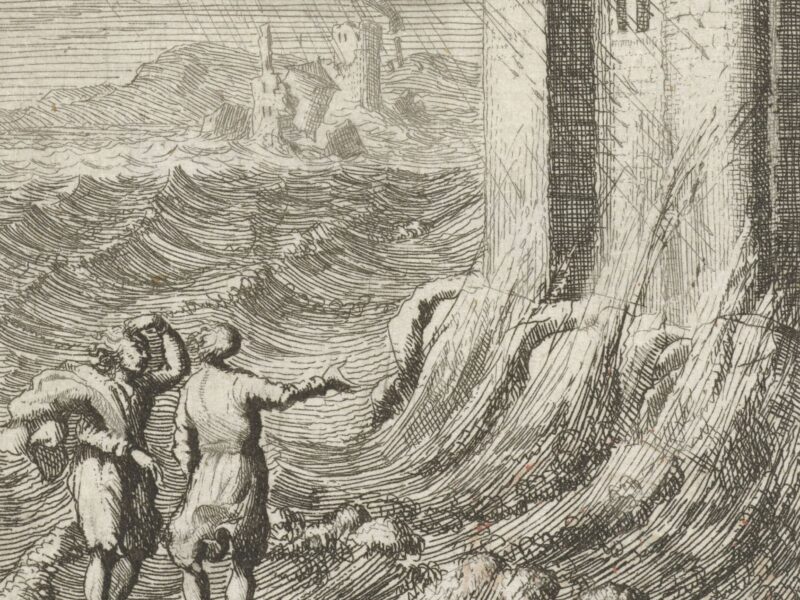
When heaven meets earth | The Ascension in the Drogo Sacramentary
By Br Daniel Benedict Rowlands, O.P | This Carolingian miniature depicts Christ’s feet firmly rooted to the ground as the Father pulls him up, an expression of the “fragile bond between humanity and divinity definitively reestablished in Christ.”
Where did the Ascension of Our Lord take place?
Bethany, on the Mount Olives, so St Luke informs us.
St Luke is laconic: “he withdrew” (Luke 24:51).
This miniature draws it out: our Risen Lord in his sacred humanity begins his ascent with purposive strides.
Yet, the moment captured still has Christ’s feet firmly in contact with the earth,
despite the Father’s equally firm grasp.
Is this all too human “ascension” downplaying Christ’s divinity? A gesture to Arianism?
By no means.
Christ ascends, leaving Bethany, indeed leaving spatiotemporal constraint altogether.
Yet heaven and earth have never been more strongly bound.
One can’t help but think of Michelangelo’s Creation of Adam:
that fragile bond between humanity and divinity is definitively reestablished in Christ.
We also find a splendid resonance in the collect of the feast that begins with this historiated initial:
(Concéde, quǽsumus, omnípotens Deus): ut, qui hodiérna die Unigénitum tuum, Redemptórem nostrum, ad cœlos ascendísse crédimus; ipsi quoque mente in cœléstibus habitémus.
“(Grant, we pray, Almighty God)… that we who believe thine Only-Begotten Son our Redeemer to have this day ascended into the heavens, so may we ourselves also dwell amidst heavenly things in heart and mind”.
But rather we look forward to its elevation and glorification.
Indeed, even as we contemplate this work of art, we affirm with Abbot Suger
that our dull minds ascend to the truth through that which is material.
Image:
Drogo Sacramentary
(Paris, Bibliotheque Nationale, MS lat. 9428)
https://commons.wikimedia.org/wiki/File:Enluminure_Drogon_c.jpg
Music:
Ensemble Organum
Chant of the Church of Rome Byzantine Influences: Offertorium, Terra tremuit V. Notus in Iudea – V. Et factus est in pace – V. Ibi confregit
Sorry, the comment form is closed at this time.



A Website Visitor
Uplifting in every sense, Bro Daniel. Thank you.
A Website Visitor
Excellent see Belmont Abbey website for last Saturday’s retreat on art and the Ascension
A Website Visitor
What a wonderful image, beautifully woven together with music and text. Thank you